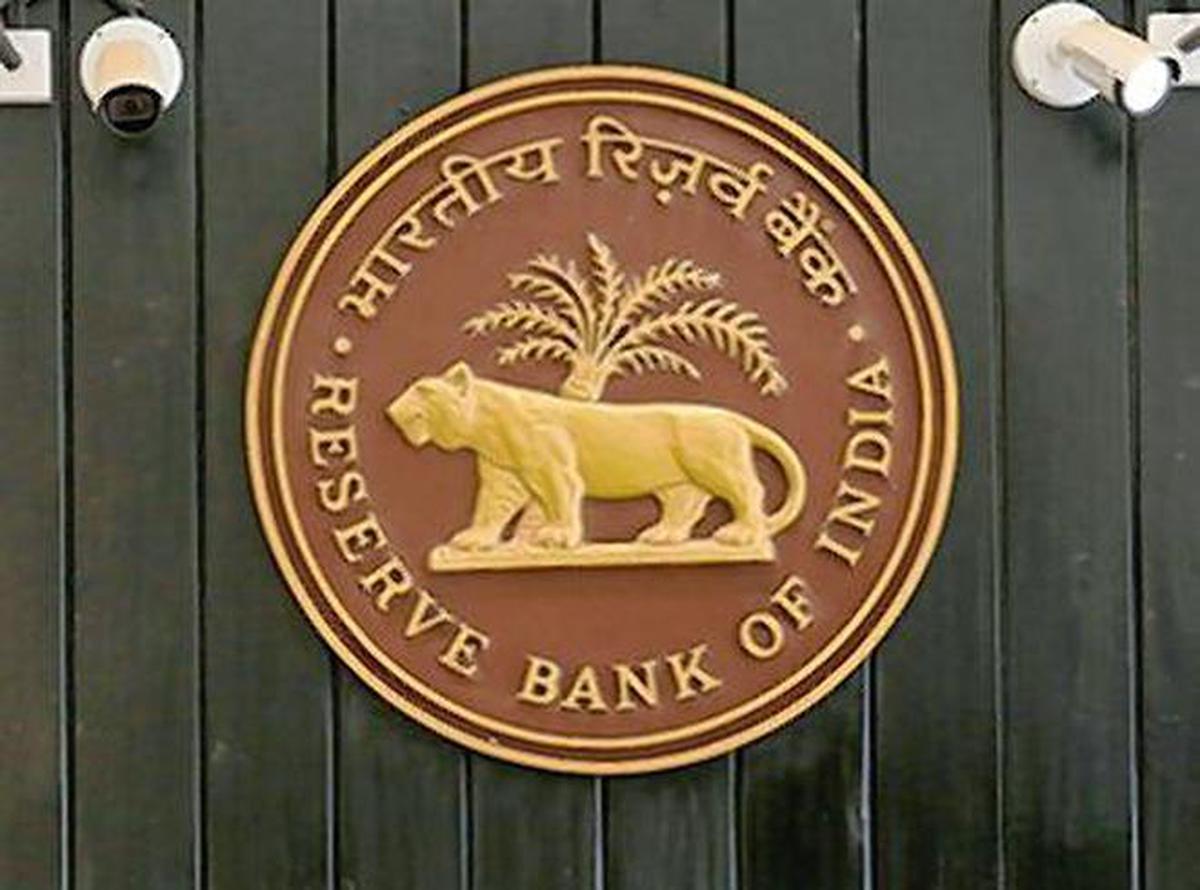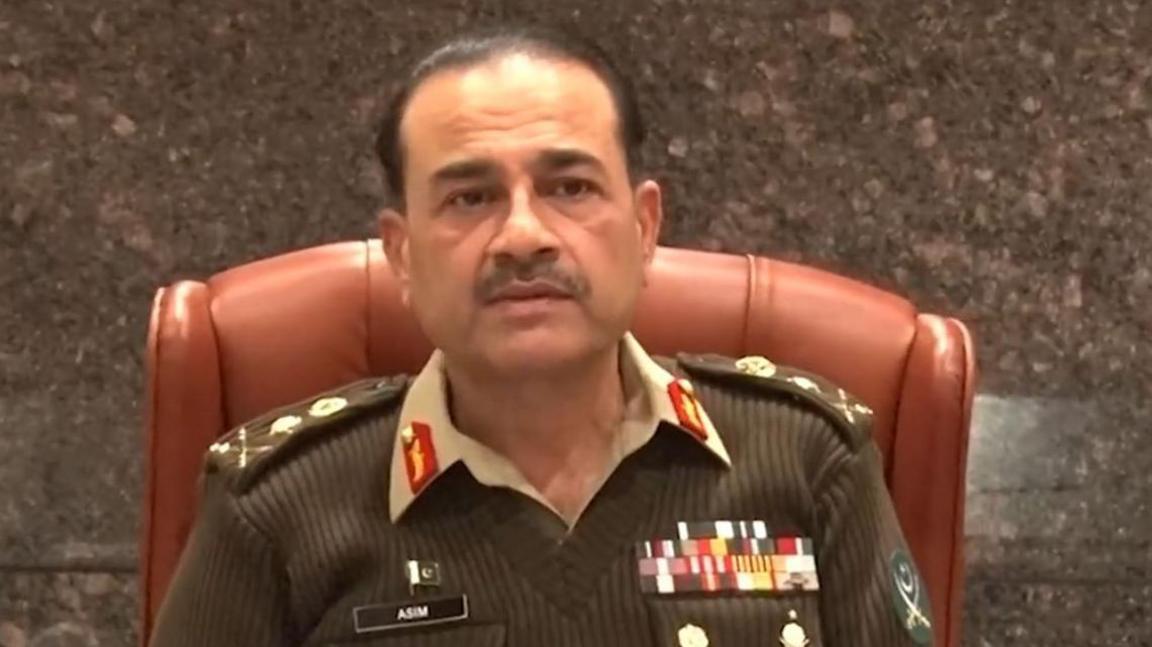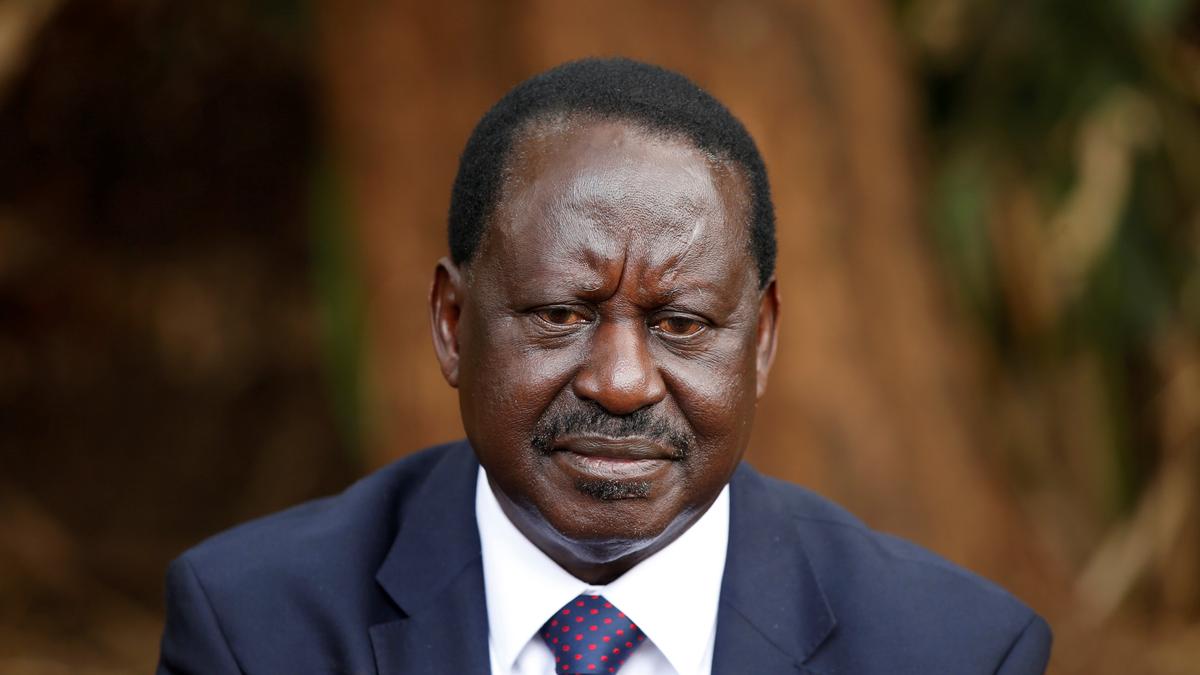India's economy is projected to grow at 7% in the current fiscal year, making it the fastest-growing major economy globally, according to the Reserve Bank of India (RBI). This growth is driven by strong macroeconomic fundamentals, the RBI stated in its annual report released on Thursday.
While the central bank expects headline inflation to moderate, it cautioned that food inflation remains vulnerable to supply-side shocks. The RBI's balance sheet grew by 11.08% to ?70.48 lakh crore (approximately USD 845 billion) as of March 31, 2024, which is nearly 2.5 times Pakistan's GDP of around USD 340 billion.
The Indian economy expanded at a robust pace in the 2023-24 fiscal year, with real GDP growth accelerating to 7.6% from 7.0% the previous year. This marks the third consecutive year of 7% or higher growth, showcasing the economy's resilience despite persistent headwinds.
Solid investment demand, supported by healthy balance sheets of banks and corporates, the government’s focus on capital expenditure, and prudent monetary, regulatory, and fiscal policies, underpin this robust growth. The economy is navigating challenges posed by an adverse global macroeconomic and financial environment.
Minimum Support Prices (MSPs) for both kharif and rabi seasons in 2023-24 ensured a minimum return of 50% over the cost of production for all crops, which supported agricultural income. The report suggests that the Indian economy is well-positioned to enhance its growth trajectory over the next decade in an environment of macroeconomic and financial stability.
As headline inflation eases towards the target, it is expected to spur consumption demand, especially in rural areas. The external sector's strength and buffers in the form of foreign exchange reserves will insulate domestic economic activity from global spillovers.
However, the report also highlighted potential risks, including geopolitical tensions, geoeconomic fragmentation, global financial market volatility, international commodity price movements, and erratic weather developments, which pose downside risks to growth and upside risks to inflation.
For FY25, the real GDP growth is projected at 7.0%, with risks evenly balanced. The RBI's balance sheet in FY23 stood at ?63.44 lakh crore and increased to 24.1% of India's GDP by the end of March 2024 from 23.5% a year earlier. The central bank’s income rose by 17.04% in FY24, while expenditure decreased by 56.3%. This, along with a significant increase in interest income from foreign securities, led to a surplus surge of 141.23% to ?2.11 lakh crore, which was transferred to the central government. Additionally, the RBI provided ?42,820 crore towards the contingency fund in FY24.
Unclaimed deposits with banks jumped by 26% year-on-year to ?78,213 crore at the end of March 2024, while the amount with the Depositor Education and Awareness Fund was ?62,225 crore. Bank frauds increased to 36,075 cases in 2023-24, but the amount involved decreased by 46.7% to ?13,930 crore. The RBI aims to curb frauds and enhance the payment experience by exploring real-time payee name validation before fund transfers, in compliance with the Digital Personal Data Protection Act, 2023.
Overall, the Indian economy, supported by macroeconomic stability and prudent policies, is set to continue its growth trajectory while navigating global and domestic challenges.








 OpinionExpress.In
OpinionExpress.In















Comments (0)